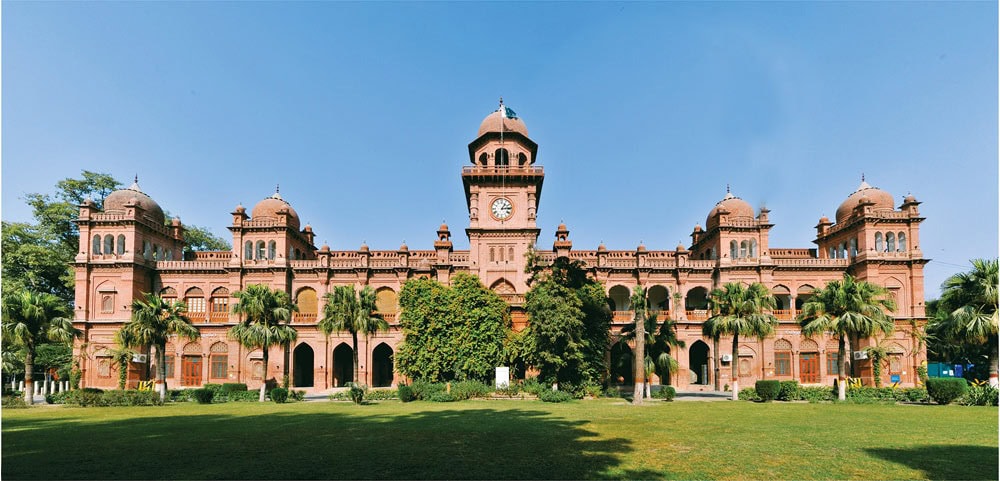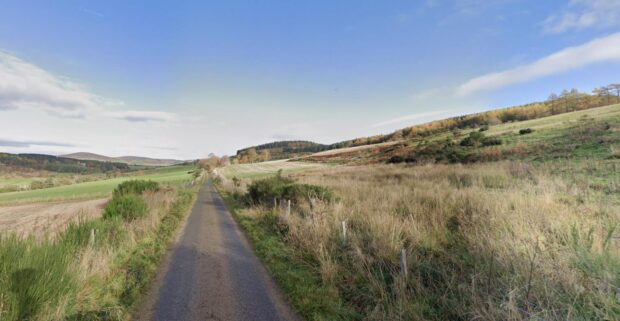
SPICER — The board of managers for the Middle Fork of the Crow River Watershed District is willing to explore the possibility of installing an in-lake treatment system using nanobubble technology to address deteriorating water quality issues in Diamond Lake. The managers voted to establish the project framework that could lead to the purchase of a nanobubble system after hearing support and opposition during a standing-room-only informational meeting and hearing Tuesday night in Spicer. The vote followed nearly 3-1/2 hours of informational presentations and public comment and questions.
“So we are looking for a partnership, not a handout,” said Brian Weist, president of the Diamond Lake Area Recreational Association, during the hearing. The lake association originally proposed installing the nanobubble system. It has offered to pay for its operation and maintenance costs over its projected 20- to 25-year life span.

The lake association raised its annual assessment for lake property owners to cover an estimated annual outlay of around $87,000 for system operation and maintenance. Weist noted that a $300,000 home on the lake would likely pay $5,000 over the system’s lifespan for its operation. The watershed district is estimating it will cost almost $1 million to install a nanobubble system, including a $700,000 purchase price.
It represents a $100,000 price reduction the manufacturer owner of the technology, Moleaer Inc ., of California, has offered the watershed district. It is proposed to be installed at the county park on Diamond Lake, and would require a dock, piping and electrical service connection.
If the watershed district approves going forward, it would levy for the debt incurred for the project across the watershed. Depending on the length and type of financing, it would raise the annual tax on a $221,000 home in New London an estimated $11.87 per year for seven years, or $7.
29 per year or $4.58 per year if longer-term financing is awarded, according to information presented on Tuesday evening. Diamond Lake is the most impaired water body of 10 lakes within the watershed district, according to information presented at the meeting.
“It’s only getting worse over time,” one lake resident said at the hearing in support of the system. Those opposed to the project raised concerns about paying for the system with a district-wide levy. It will not raise the value of properties on other lakes, they said, and some felt it set precedent by focusing on improving one lake.
Dan Coughlin, administrator for the watershed district, said this would not be setting any precedent. The district has helped fund multiple projects benefiting specific areas, such as stormwater projects in New London and Belgrade. Some attendees at the hearing said helping improve water quality benefits everyone, and especially, those downstream.
What if the system doesn’t work, asked one attendee. Watershed District attorney John Kolb said the district could move the in-lake system to another water body if that were to be the case. He and Coughlin said there are a number of steps, from obtaining approval from state regulatory agencies to developing plans and specifications and an agreement with the lake association before any project could be approved.
Representatives of Moleaer expressed confidence in the system’s ability to improve Diamond Lake. Chris Stephan, director of global sales, said the company has more than 3,000 nanobubble systems installed worldwide, more than 600 of them in surface water bodies. The most telling results come from close to home.
Dr. Denise Devotta, a limnologist with the company, outlined the improved water quality in Tadd Lake in Atwater following the installation of the system in the small water body this summer. The lake received an inflow of nutrients from Upper Lake in Atwater during the study period, yet the system demonstrated an ability to improve water clarity in Tadd Lake significantly.
It greatly decreased the overall algae population while supporting a diverse population of desirable algae, according to her presentation. The system works by mixing oxygen-rich nanobubbles into the lake water. The invisible, virus-sized bubbles provide oxygen into the lake water column, including the bottom where it’s most needed.
.










